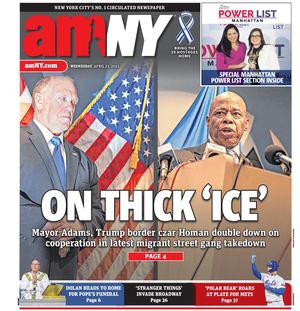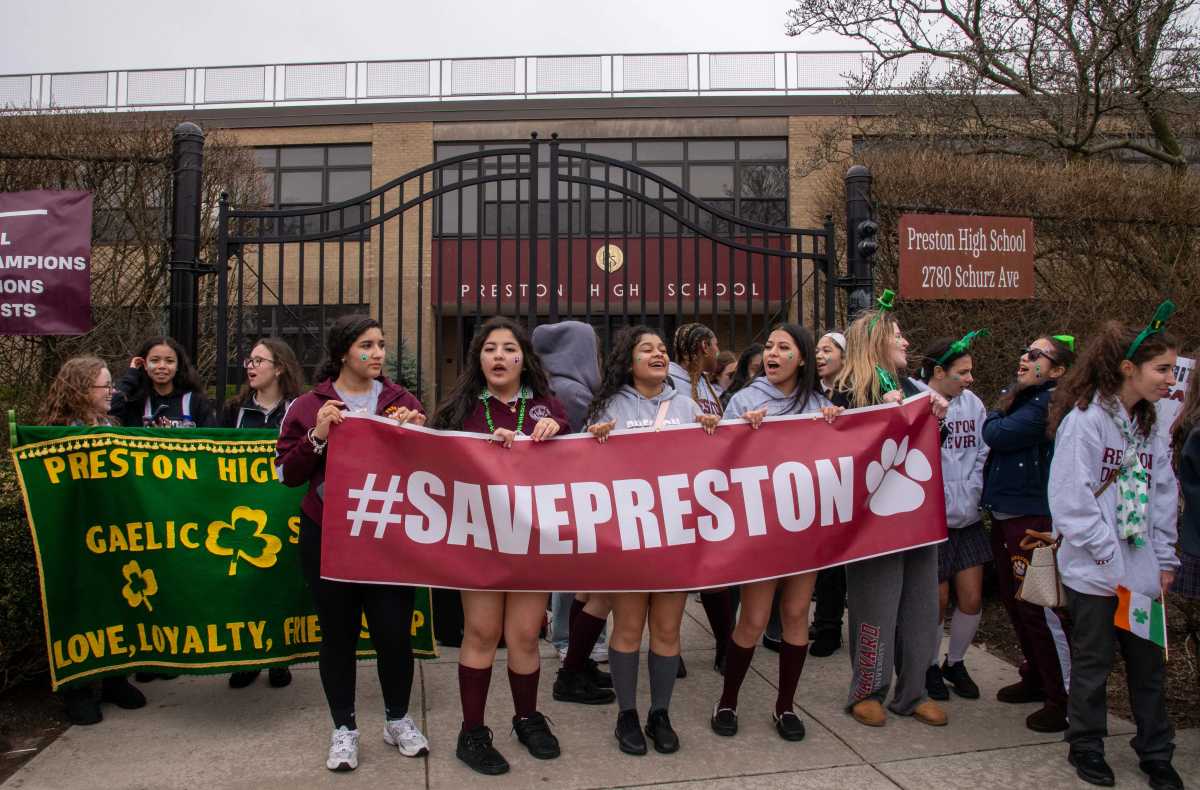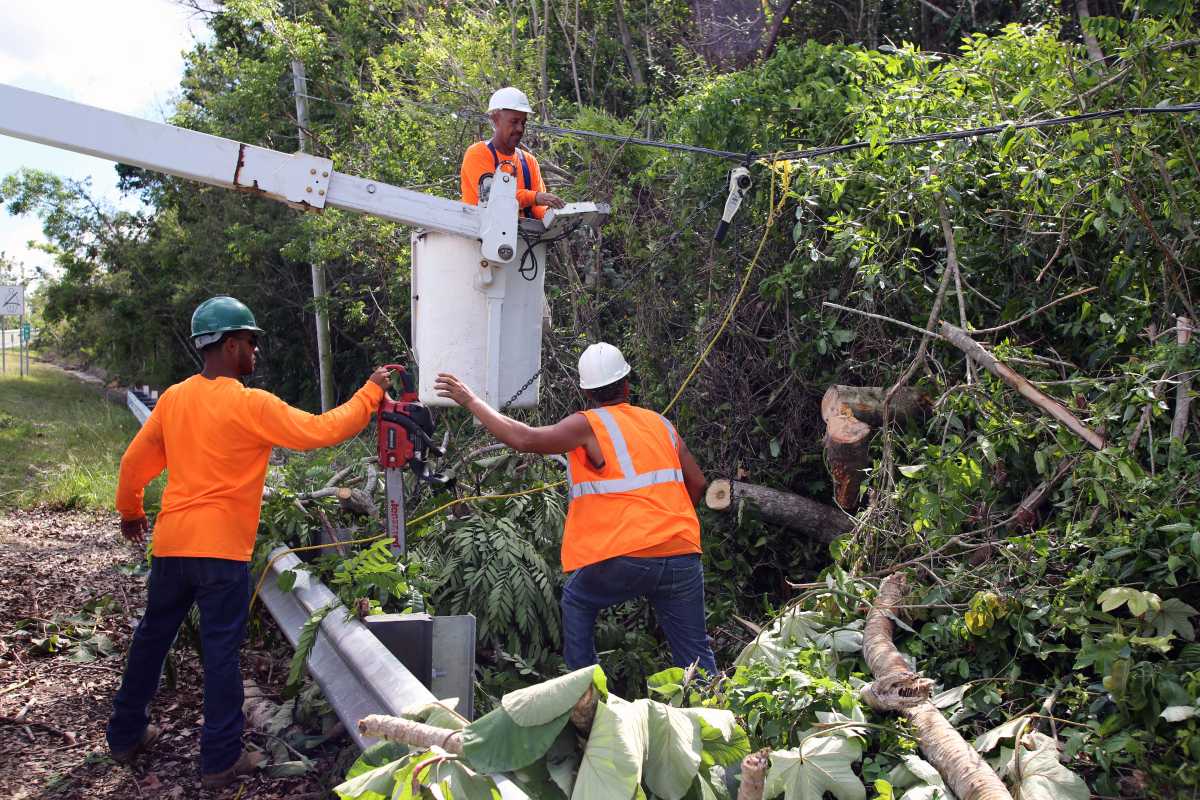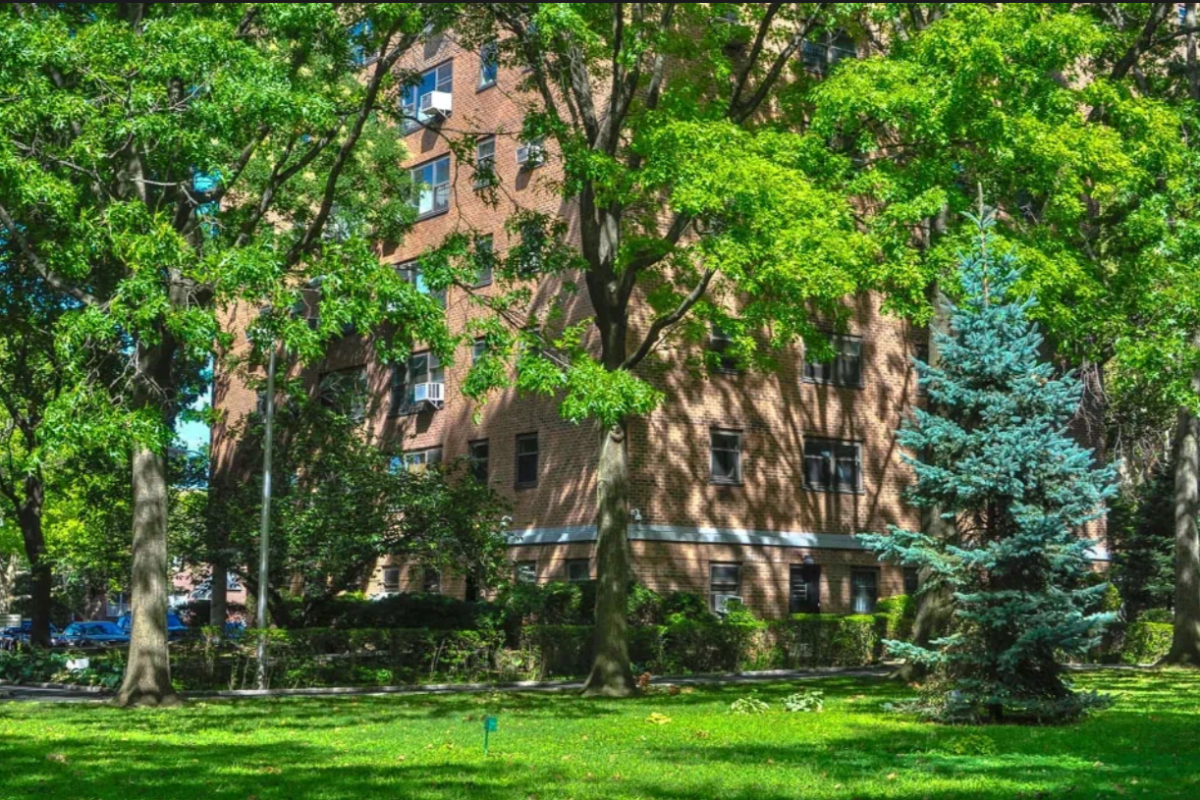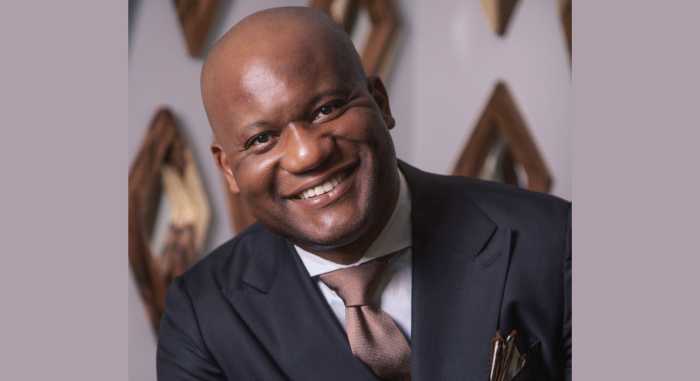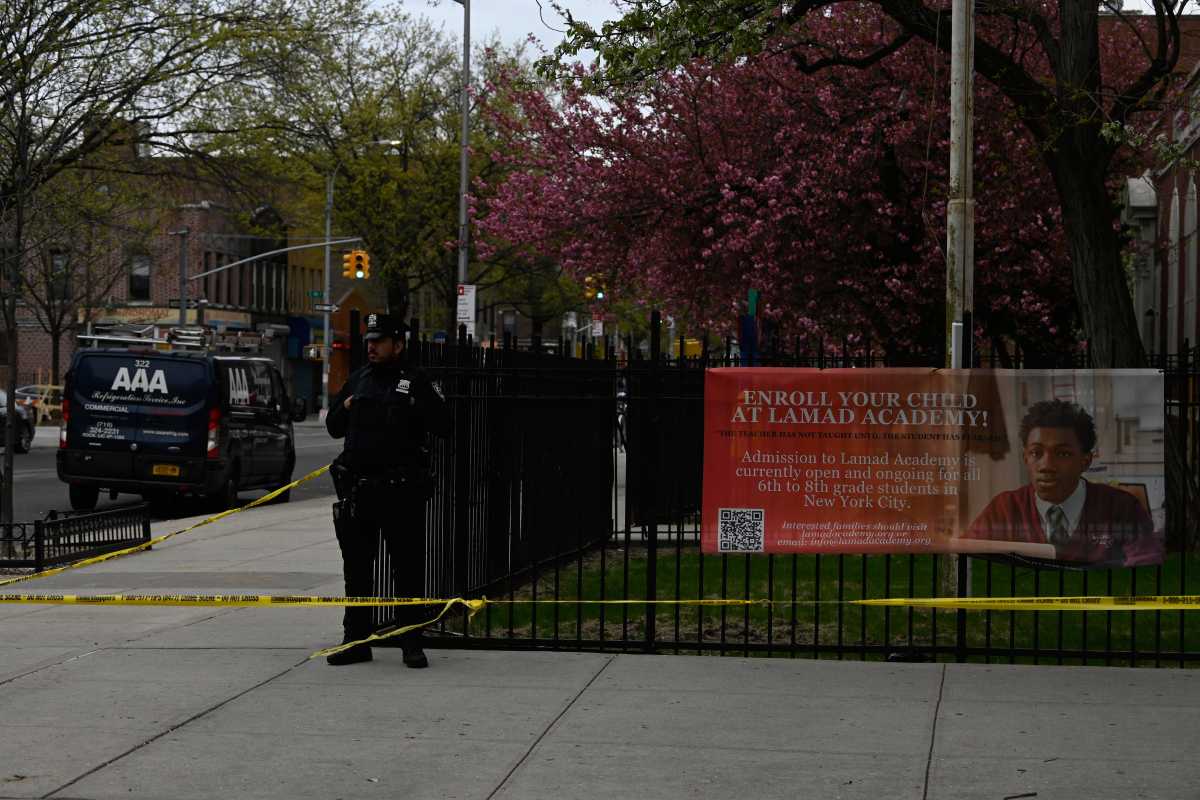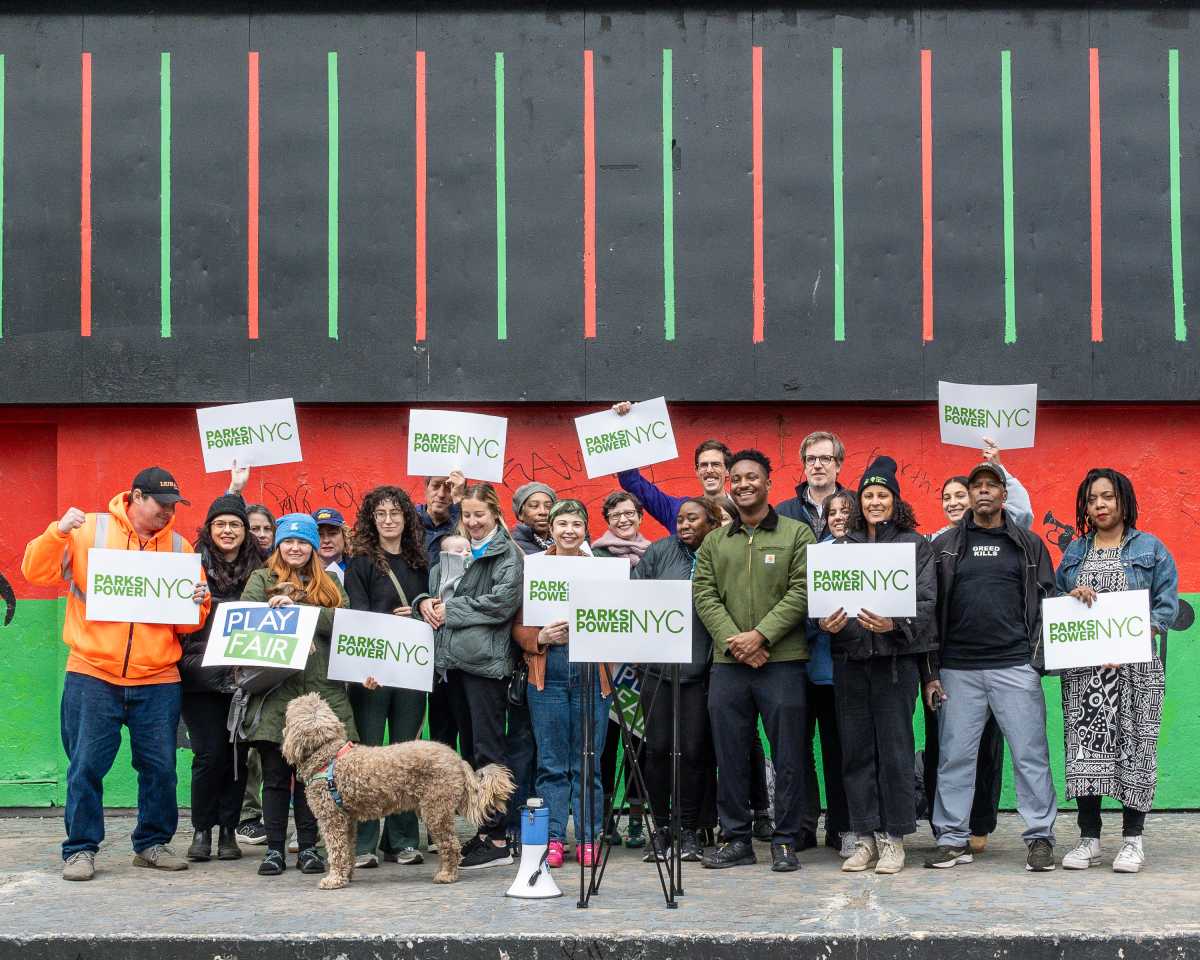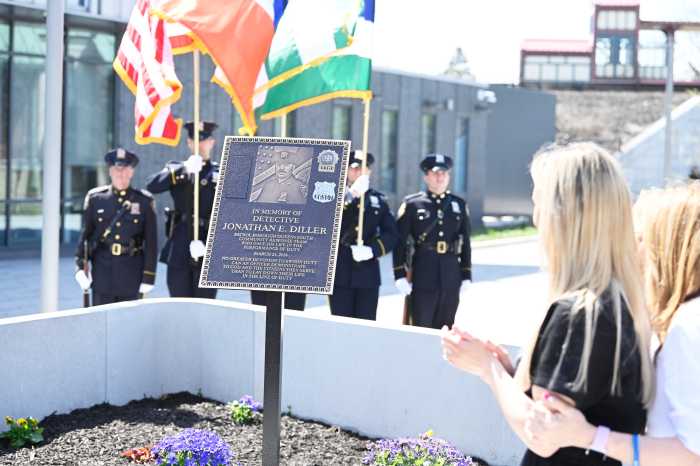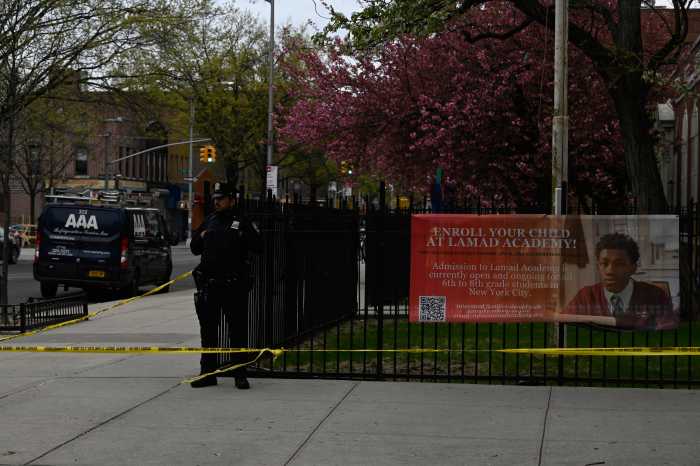
In the throes of the Great Recession, Related Companies negotiated plans for constructing a platform and neighborhood above the Hudson Yards, which the developer now describes as the most expensive endeavor in the city since the construction of Rockefeller Center.
Ceremonies scheduled for Thursday and Friday are slated to formally introduce the eastern portion of the 28-acre, $25 billion community rising above the rail yards, west of 10th Avenue between 30th and 34th streets in Manhattan. The cluster, some of which is still under construction, includes four office buildings stretching between 780 and 1,296 feet into the sky; a 910-foot-tall apartment building; a 1,000-foot-high development with condos, a hotel and retail and office space; and a 720,000-square-foot shopping and dining hub.
The eastern rail yard will host The Vessel, a sculpture made up of nearly 155 flights of stairs arranged into a honeycomb shape, and a shape-shifting, nonprofit arts space called The Shed, which Related did not develop.
With companies like Warner Media, L’Oreal and Alphabet’s Sidewalk Labs opening offices in the area, L. Jay Cross, president of Related Hudson Yards, praised the momentum of a project his firm estimates will one day accommodate 125,000 people daily.
“We’re, a little bit, the new center of everything or the new center of New York because everything that’s new in New York is here,” Cross said, highlighting the proximity to the Whitney Museum of American Art and renovation of the Hudson River waterfront. “This is economic development pioneered by the city that actually works.”
In 2005, the city created an infrastructure corporation, which has issued $3 billion in bonds to finance the extension of the No. 7 train and other improvements designed to get development off the ground in a 45-block area surrounding Hudson Yards, according to the corporation and the city’s Independent Budget Office.
In 2008, the MTA selected Tishman Speyer’s bid to build above the yards, but the firm pulled out amid the recession. Related Companies stepped in later that year. The firm broke ground in December 2012 on a project that, when completed around 2025, will add another 2 million square feet of office space, six condo buildings and a public school atop the western yard.
Bond holders will be repaid with tax revenue culled from companies and people who move in over decades, but the city, until 2015, spent nearly $360 million on interest payments, the IBO said. That is on top of property tax discounts extended as an incentive to early commercial tenants and $266 million earmarked for capital work in the area, the IBO said.
“In the financial services industry, which at the time was really the dominant industry in New York City, there was a transition to a new type of building with large trading floors. And there weren’t a lot of footprints available to create those kinds of buildings, and so there were several companies that ended up moving,” said Seth Pinsky, an executive vice president at RXR Realty, who was involved with planning for Hudson Yards around 2004 while working for the city’s Economic Development Corporation. “The roster of tenants in Hudson Yards has turned out to be much more diverse, which I think is a sign of strength.”
Burt Lazarin, chairman of the local community board, said streams of people walk west during morning commuting hours and that, given the relatively small residential population in the immediate area, the shops and restaurants must be looking to draw in others.
As the community grows busier, Lazarin said, the board would be working to ensure development proceeds as planned and needs, such as a firehouse, are met.
Pamela Wolff, 83, who has lived in Chelsea for more than six decades, said the crush would further deter her from using the High Line, which she said was currently too crowded to enjoy on many weekends.
“The Emerald City in our midst is going to impact all of the West Side,” said Wolff, vice president of the advocacy group Save Chelsea. “I’m concerned about the fact that it is gentrification gone mad and that people who traditionally live in Chelsea would never in a million years be able to afford to live in the Emerald City.”
Condos in Hudson Yards start at $4.3 million. Some 400 apartments rented below market rate will be spread across both sides of the project, according to Cross.
“I don’t think we need to make an apology for the fact that we’re trying to hit every level of the market,” Cross said.
Related is still finessing several tech features that it and its partner Oxford Property Group previously said would lead to the nation’s first “quantified community.” In 2014, the companies announced they would work with New York University’s Center for Urban Science and Progress to measure and analyze pedestrian flows, air quality, energy usage and the health and activity levels of residents and workers.
Cross said his team was still rolling out many of these features — a biometric security system that admits people via a hand swipe is operating in one office building; energy management and lobby traffic data are being collected in another; and 16 of the 30 kiosks outfitted with Wi-Fi boosters, cameras and other technology also have sensors.
But in 2020, Cross said Related aims to direct all data to a central network that can send material to other software, such as video cameras or elevator dispatch systems. He said this could be used to improve security and energy efficiency and to explore other applications.
“All have to learn to talk to each other and that’s going to be the next big phase,” Cross said. “We’re going to start to learn how the smart city really works.”
Condos will have a keyless lock system and features embedded with devices that enable them to send and receive data, according to Cross. An app for residences will permit people to open doors and access amenities with their phones.
Cross said tenants can choose how much to opt into the system by embracing or avoiding the app and employers were informed about the offerings. He said the video network is comparable to surveillance in many other areas, and passers-by otherwise have the choice of joining the site’s Wi-Fi network.
“There’s no other really opt-in, opt-out because we’re not asking you to do anything, and we’re not monitoring you,” Cross said. “The biggest thing we monitor for is security, and that’s mostly cameras.”
Cross said Related is working with Intersection, the company behind the LinkNYC Wi-Fi stands throughout the city, the visual effects company called Framestore, AT&T and Verizon on these endeavors.
“We think it’s all going to be great,” he said. “People, once they start using it, are going to tell us what doesn’t work. It’s all going to get a lot better. They’re going to be our ultimate beta.”
